3 Count: Maverick Lawsuit
Plagiarism Today
JUNE 7, 2022
They claim that they exercised their copyright termination rights to the 1986 magazine article written by Ehud Yonay upon which the original Top Gun movie was based. They offered unlicensed streaming boxes to bars, restaurants and home users and charged a subscription fee to access content that he had not licensed. million) in revenue.


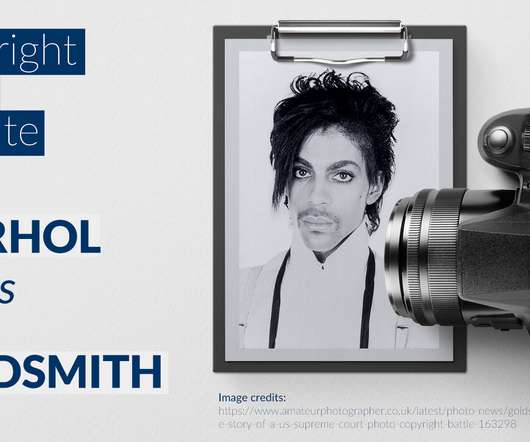

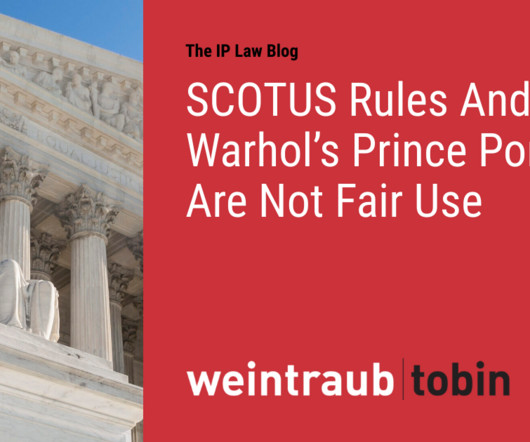



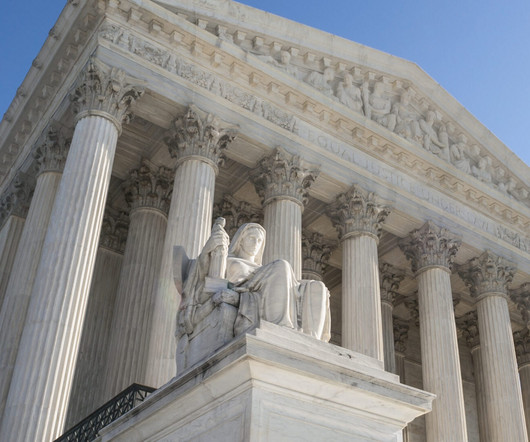




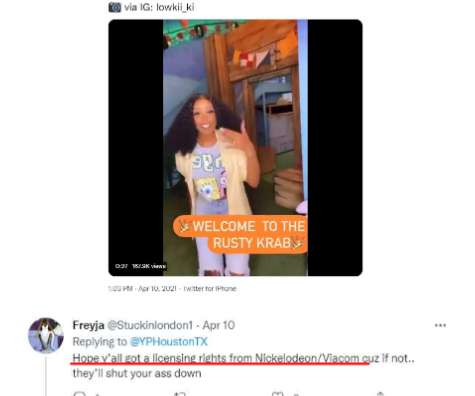

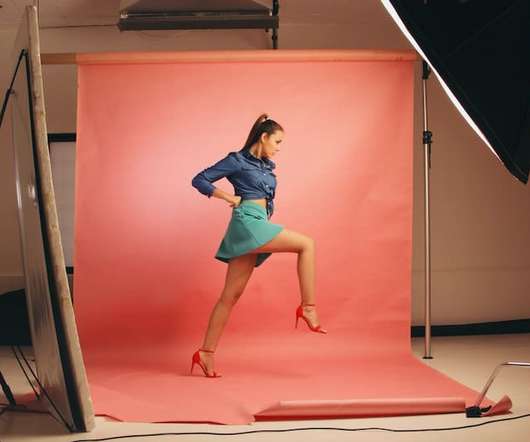
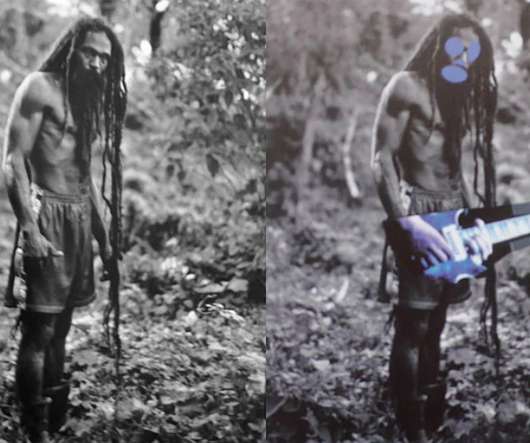











Let's personalize your content